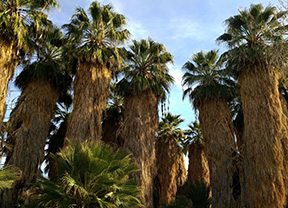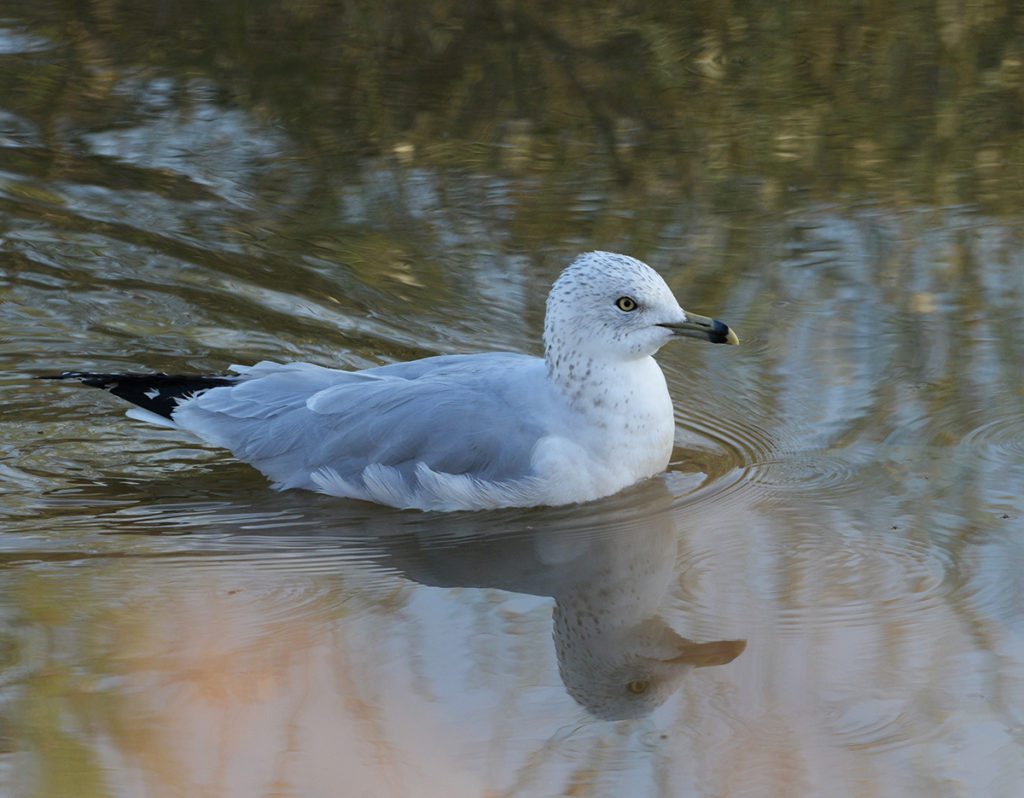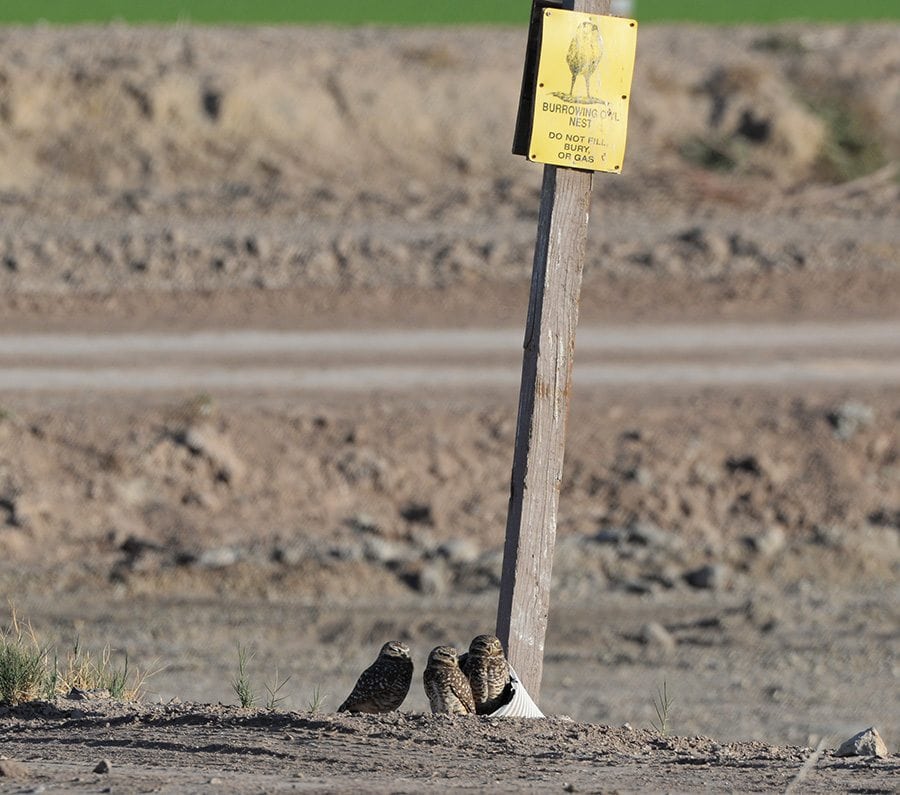A winter day at the Salton Sea
By Holly Bern
The Salton Sea, in the Imperial Valley of southern California, is a critical stop for many birds on the Pacific Flyway, and I had been hearing about it for years from a number of birding friends. The north end of the sea is about 7 – 8 hours away from the Bay Area, or more depending on traffic, so it takes a little planning and at least a few days to do it right. When tour leaders Eddie Bartley and Noreen Weeden offered the trip through GGBA I jumped at the chance to experience the Salton Sea with folks who have been exploring the area for many years and know its birds, natural history and geology.
The trip from the Bay Area to the Salton Sea roughly follows the path of the San Andreas Fault as I-5 parallels the fault line down into the Los Angeles area. When I think of the San Andreas Fault, I immediately think of earthquakes and San Francisco, I don’t think of southern California birds. But, the San Andreas Fault provides a very literal connection from the Bay Area to this wonderful birding habitat. It is the movement of the plates at the borders of the San Andreas fault line that have crushed the alluvial deposits at certain points within the greater Imperial and Coachella Valleys leaving an impervious layer that keeps under

ground springs from reaching farther down. Palms and other plants are able to tap into these areas, creating oases. The Dos Palmas Preserve, along the northeastern side of the Salton Sea, where our trip officially began, is one such spot. It is home to the California fan palm, or Washingtonia filifera, the only palm native to the western US. The fruits, seeds, and leaves of the palms provided many uses for Native Americans, and the oasis provides habitat for birds and other desert animals. We were treated to southern desert specialties: Black-tailed Gnatcatcher, Phainopepla, Verdin, Abert’s Towhee, and a surprise appearance of a couple of Sage Thrashers, which were new trip birds.

Salton Sea – Photo: Noreen Weeden

From Dos Palmas we headed to the North Shore Marina. Eddie and Noreen indicated that the composition of the bird species has been changing and may be due to the increasing salinity of the sea and the subsequent alteration in fish species. The primary fish in the sea is now Tilapia. In addition to the increased salinity of the sea, the water contains increased concentrations of pesticides and fertilizers from agricultural run-off. As the shores recede, more and more of the alkaline, chemical laden dust is lifted into the air and is triggering increases in asthma. Competing interests have clashed over what to do to “fix” the problem. The State of California currently has a 10 Year Management Plan to slow the shrinking of the sea, but it is unclear whether the projects will be fully funded. As we walked down to the shore we could see the remains of a Tilapia die-off from the past season, covering a swath of the barnacle shell-lined beach. There was an abundance of Redhead ducks and Ring-billed Gulls, among other water birds. A couple of Cactus Wrens delighted our group, squawking and perching in full view in the trees near the parking lot of the marina before we headed off to our next stop.

We took our lunch break at the Sonny Bono Salton Sea NWR, in the cool shade of the picnic area. The area is home to Burrowing Owls, who, cooperatively, were in a burrow right underneath the sign indicating it was Burrowing Owl habitat. A field full of Snow Geese (with a few blue morphs) and Ross’s Geese was the backdrop, and a Greater Roadrunner working the gullies entertained us while we ate. We had a great mix of birds as we walked along the levees surrounding the fields and marshes – with a highlight Stilt Sandpiper.


Though the shadows were starting to grow long, we had one more stop to make for the day – the famous Unit 1 at the end of Vendel Rd. Hundreds of Snow Geese and Ross’s Geese (sadly including one Ross’s Goose that had been non-fatally shot) were seen along with a nice mix of other ducks, pelicans, herons, ibis, gulls, raptors and bitterns. From the observation platform we saw the fly-in of about 200 Sandhill Cranes, heard many rails, saw a group of Wilson’s Snipe come out to forage as a Peregrine Falcon perched nearby on a “telegraph” pole (as a group of UK birders joining us on the platform called it). A few mosquitos and the impending dark persuaded us that it was time to head to Brawley for the night.

Though the birding was finished for the day, our fun was not over. We met as a group for a Mexican dinner in town to relive some of the highlights and make plans for birding our way back to the Bay Area. Eddie and Noreen were wonderful leaders – so knowledgeable and generous to offer this trip. All in all 17 birders had 100 species of birds with weather in the high 70s and beautiful blue skies. It couldn’t have been a nicer day!
——————————————————————————————————————————————————–
Information on the Salton Sea 10 year management plan can be found here.
Learn more from Audubon California’s recent blog on the Salton Sea’s Looming Crisis.
We encourage you to take positive action by writing to support funding to protect human health and bird habitat at the Salton Sea.
